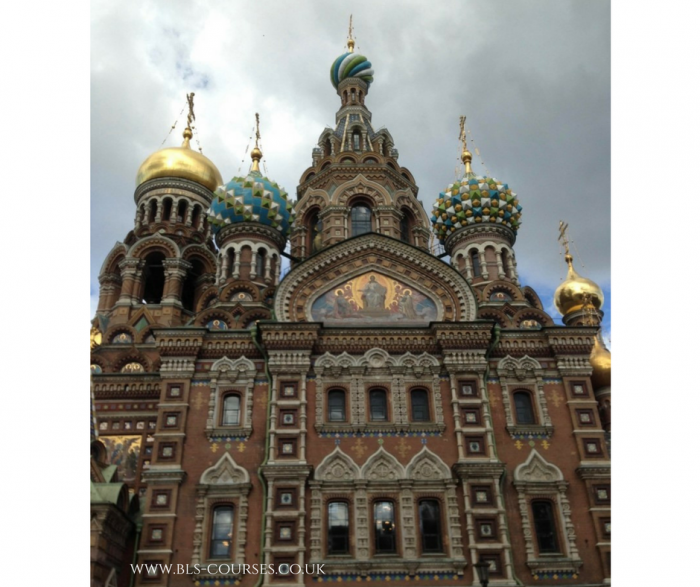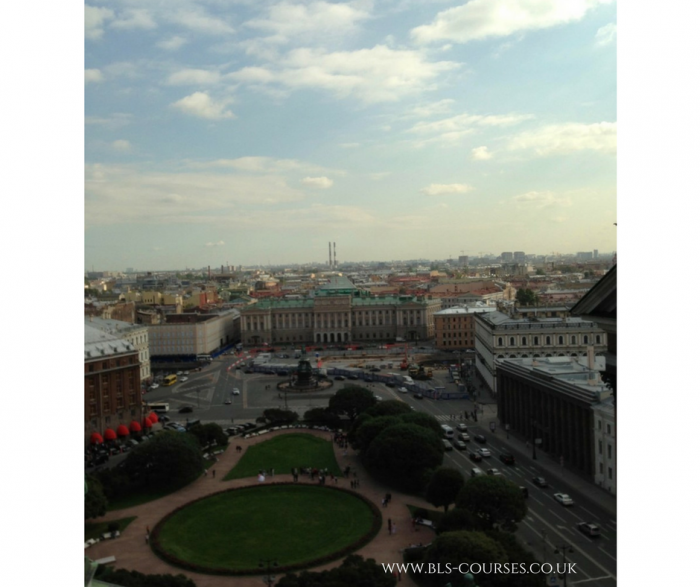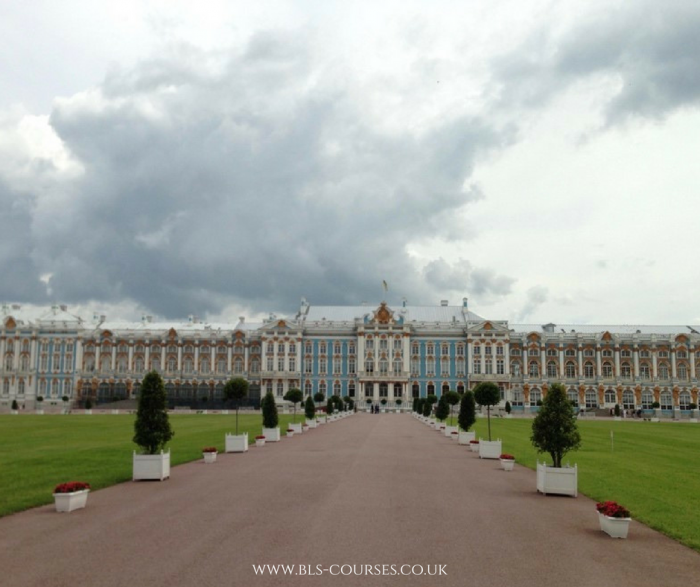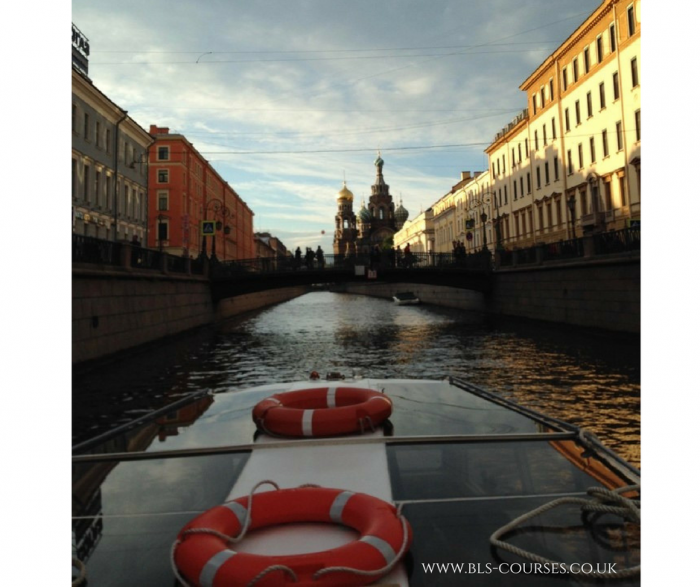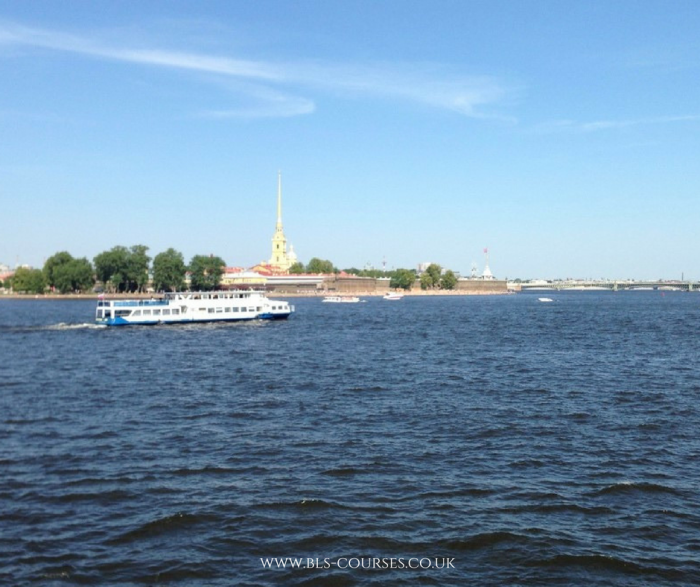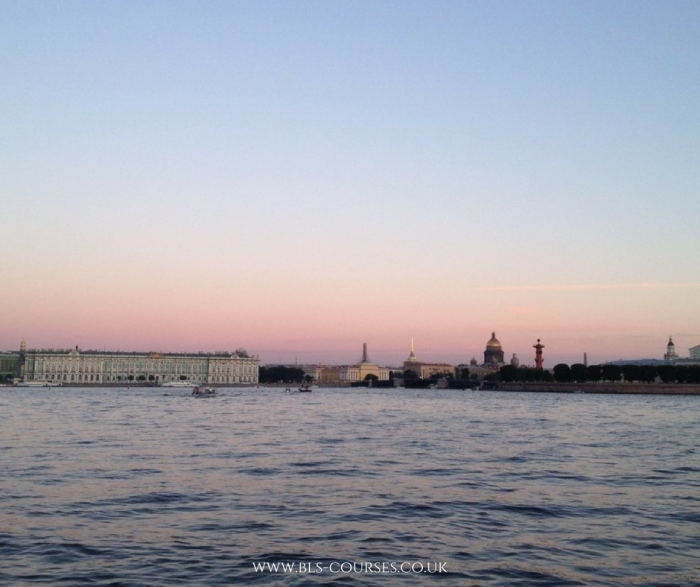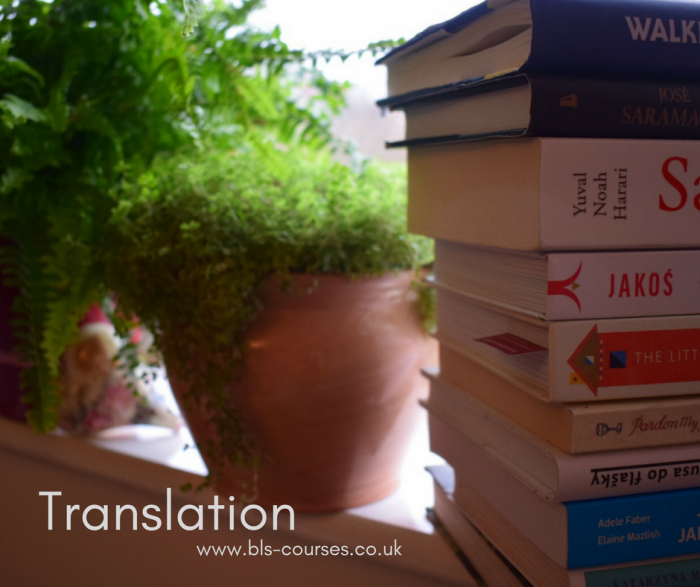The holidays are calling – it’s time to get away, or at least get booking, and dream of adventure. For language learners, holidays can be a great time to practise what they have learned in term-time. But have you ever thought of going on a holiday where language learning is the main event? A language holiday, where you live and breathe your chosen language whilst having an amazing holiday. These types of courses – language learning combined with another activity such as sports or cookery – are the fastest-growing trend in language learning. You can learn a language from scratch or improve on your existing language whilst enjoying the local culture and landscapes. In this blog post, we look at what you can expect from language holidays and give you a couple of ideas for holidays to try. What better way to spend the summer months?
So, what’s it all about?
Language holidays are not just about being in a classroom, they give learners to experience the country and culture first hand. On a language holiday, you have the opportunity to combine language learning in a formal setting with cultural or sporting activities and practise what you have learnt in the lessons in an authentic environment. The idea is that you have lessons in the country of your choice and then use your newly-acquired skills with locals or your classmates after the class, not least because you will be surrounded by the language you are learning. The lessons can be combined with activities so you can use your language skills and soak up a bit of culture, such as cookery lessons in Italian or a football masterclass in Brazilian Portuguese. This way you also learn about the way of life and traditions in the place where you are staying. You can even go for on full immersion holiday and stay with a family who will help you practise their language.
Why is it different?
Language holidays are not just about being in the classroom and they are not just about being on holiday – they are a unique opportunity to learn whilst having fun. Doing fun activities, spending time with fellow language learners and visiting new places whilst learning at the same time makes language holidays a unique experience. The holiday can have a theme, such as wine growing, working on a farm, cooking lessons, dance lessons, photography, yoga, football, opera singing, horse riding, DJ-ing, surfing – the list is endless. This means that most people’s interests are covered and they can combine their interests with their desire to learn a language.
What’s good about language holidays?
Because you are surrounded by the language, putting it into practice and engaging with activities, you will find that you learn faster than you do going to lessons once a week. Learning the language in the classroom combined with another activity outside the classroom help embed the knowledge you have gained. Familiarising yourself with a country’s culture will also help your language learning as you are learning it in context.
Language holidays can be tailored to suit your learning style, your budget or your schedule. You can choose the level you want, the location you want and the length of course you want; there are even one-week courses if you haven’t got much time off. The school you book through can sometimes also offer accommodation – homestay with a family or in a student residence or shared flat, for example. They may also be able to give advice on short-term lets if you prefer to look for your own accommodation.
Language holidays can – if you want them to – be like package holidays, where the school you attend arranges activities such as tours and sports contests. You can also be independent and find a school and accommodation yourself – you are not obliged to take part in organised activities. You will probably find that your fellow students also want to spend time doing their own activities that the school hasn’t arranged, like going to the pub or to the park or the museum, for example.
One advantage of learning abroad is that your fellow students may be from all over the world and speak all different languages, so this means you will have to use the language you are all learning to communicate – instant practice! When all your fellow students speak the same language as you, the temptation to speak it is often too great to resist, whereas you will want to use the language you are learning on a language holiday so you can socialise and make friends.
Where can I find out more?
If you think all that sounds great and would like to have a look at what’s on offer, try these sites to start off with. You can of course search for other holiday providers too or search for language schools and book independently.
Go Learn To has a wide selection of languages, destinations and activities, and they don’t just do language holidays. Responsible Travel also offers tailored language holiday packages. Flavours offers Italian language holidays in Italy and Spanish Study Holidays offer Spanish language holidays in Europe and Latin America.
If you needs some more inspiration, The Guardian newspaper recommends a selection of providers for several different languages, including Arabic, Portuguese and Welsh ; The Independent looks at other possibilities.
What if I want more study time?
If you are looking for a more intensive course with set lesson times and access to study material, as well as the opportunity to take an exam and gain a qualification, you might prefer to sign up for a language course at a university abroad. Their courses can be longer and you can choose what time of year to go and what level to study. Sometimes sector-specific lessons are available, such as Italian for Medicine at Milan University. There can also be lessons on culture. If you would like to, you can study the language before the academic year starts and then study for a degree in that language at the same university. Here is a selection of what is available: you can learn Spanish in Barcelona, Oviedo, Salamanca or elsewhere; you can learn Italian in Milan, Pavia, Siena, Turin; French in Bordeaux, Nancy; German in Berlin, Bonn, Graz, Vienna; Polish in Gdansk, Warsaw – the list is endless!
What if I want to stay at home?
If you have commitments that mean you need to stay in Bristol, or you are looking for something more affordable, look no further than Bristol Language School: we offer summer courses in many different languages in August and in September (twice a week).
Bon voyage! Prettige reis! Buon viaggio! Buen viaje! Gute Reise! Miłej podróży! Boa viagem! ! رحلة سعيدة 一路順風 ! Šťastnou cestu! Счастливого пути !
Suzannah Young





